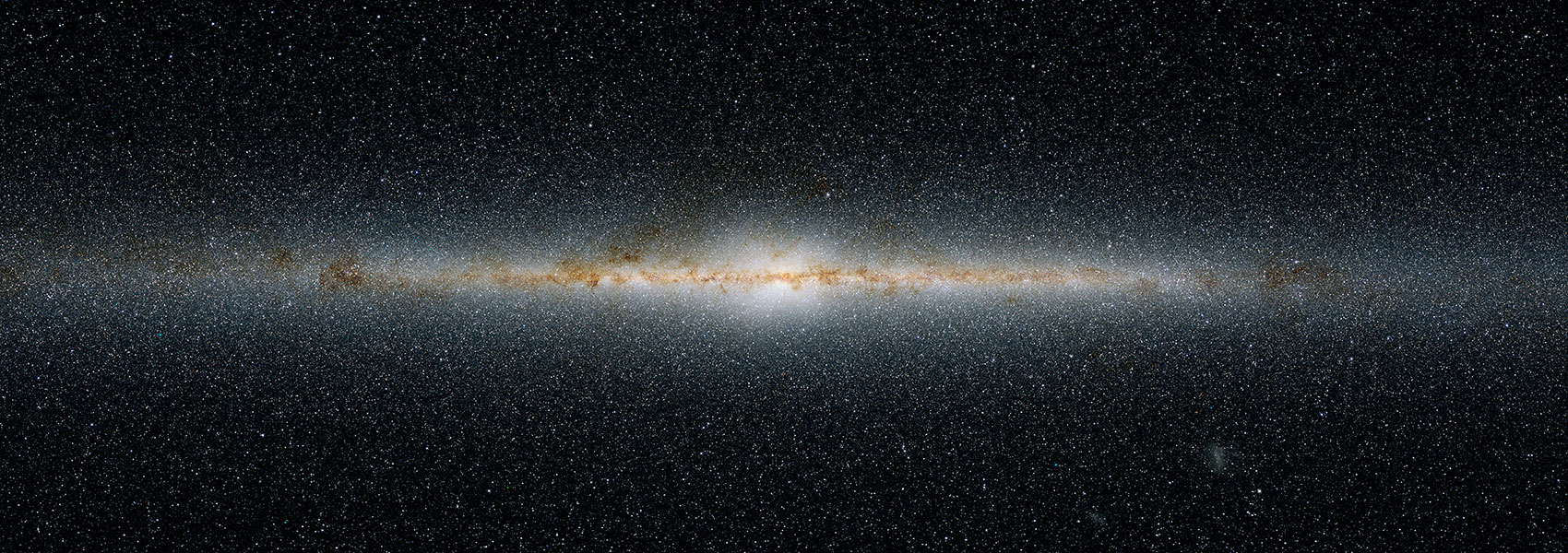May
2015
•
2015A&A...577A..11M
Authors
•
McGinnis, P. T.
•
Alencar, S. H. P.
•
Guimarães, M. M.
•
Sousa, A. P.
•
Stauffer, J.
•
Bouvier, J.
•
Rebull, L.
•
Fonseca, N. N. J.
•
Venuti, L.
•
Hillenbrand, L.
•
Cody, A. M.
•
Teixeira, P. S.
•
Aigrain, S.
•
Favata, F.
•
Fűrész, G.
•
Vrba, F. J.
•
Flaccomio, E.
•
Turner, N. J.
•
Gameiro, J. F.
•
Dougados, C.
•
Herbst, W.
•
Morales-Calderón, M.
•
Micela, G.
Abstract
•
Context. The classical T Tauri star (CTTS) AA Tau has presented photometric variability that was attributed to an inner disk warp, caused by the interaction between the inner disk and an inclined magnetosphere. Previous studies of the young cluster NGC 2264 have shown that similar photometric behavior is common among CTTS.
Aims: The goal of this work is to investigate the main causes of the observed photometric variability of CTTS in NGC 2264 that present AA Tau-like light curves, and verify if an inner disk warp could be responsible for their observed variability.
Methods: In order to understand the mechanism causing these stars' photometric behavior, we investigate veiling variability in their spectra and u - r color variations and estimate parameters of the inner disk warp using an occultation model proposed for AA Tau. We also compare infrared Spitzer IRAC and optical CoRoT light curves to analyze the dust responsible for the occultations.
Results: AA Tau-like variability proved to be transient on a timescale of a few years. We ascribe this variability to stable accretion regimes and aperiodic variability to unstable accretion regimes and show that a transition, and even coexistence, between the two is common. We find evidence of hot spots associated with occultations, indicating that the occulting structures could be located at the base of accretion columns. We find average values of warp maximum height of 0.23 times its radial location, consistent with AA Tau, with variations of on average 11% between rotation cycles. We also show that extinction laws in the inner disk indicate the presence of grains larger than interstellar grains.
Conclusions: The inner disk warp scenario is consistent with observations for all but one star with AA Tau-like variability in our sample. AA Tau-like systems are fairly common, comprising 14% of CTTS observed in NGC 2264, though this number increases to 35% among systems of mass 0.7 M⊙ ≲ M ≲ 2.0 M⊙. Assuming random inclinations, we estimate that nearly all systems in this mass range likely possess an inner disk warp. We attribute this to a possible change in magnetic field configurations among stars of lower mass.
Based on data from the Spitzer and CoRoT missions, as well as the Canada France Hawaii Telescope (CFHT) MegaCam CCD, the European Southern Observatory (ESO) Very Large Telescope, and the US Naval Observatory. The CoRoT space mission was developed and operated by the French space agency CNES, with participation of ESA's RSSD and Science Programmes, Austria, Belgium, Brazil, Germany, and Spain. MegaCam is a joint project of CFHT and CEA/DAPNIA, at the Canada-France-Hawaii Telescope (CFHT), operated by the National Research Council (NRC) of Canada, the Institut National des Sciences de l'Univers of the Centre National de la Recherche Scientifique (CNRS) of France, and the University of Hawaii. Figures 21-24 are available in electronic form at http://www.aanda.org
Links




